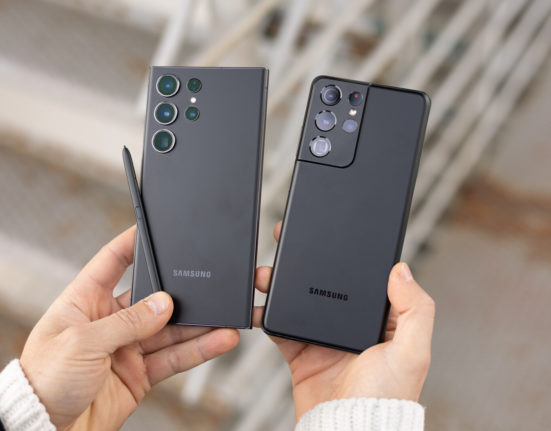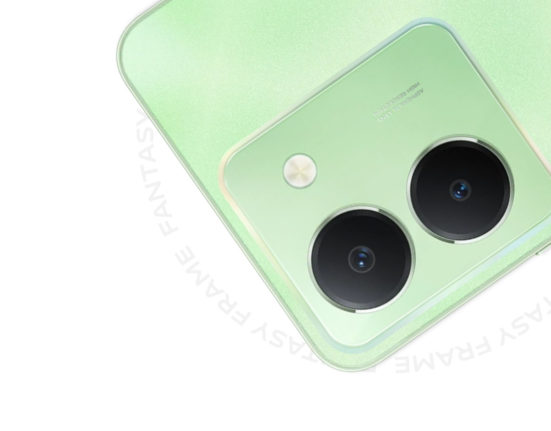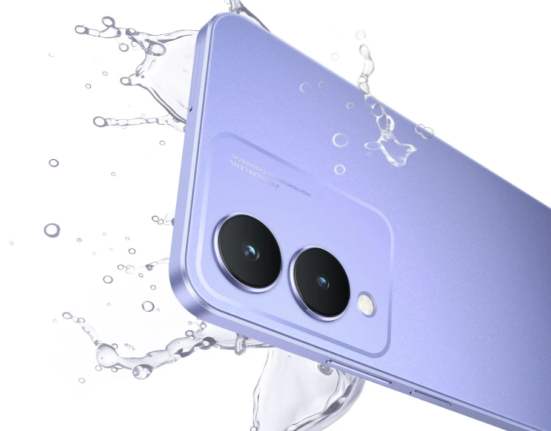The American multinational chipset manufacturer Qualcomm has announced successors to its three previously popular mid-range SoCs, the new chipsets include Snapdragon 653, 626, and 427.

Qualcomm Snapdragon 653:
You might have already guessed that this one is an incremental upgrade over the Snapdragon 652. The new chipset brings up to 10% higher performance and twice the addressable memory, with support for 8GB of RAM.
Further, the Snapdragon 653 is using the new X9 LTE modem which supports Ultra HD Voice (EVS) over VoLTE. This new chipset also adds support for Qualcomm’s Clear Sight dual camera technology.
The Snapdragon 653 continues to use a 4xA72 + 4xA53 core combination on a 28 nm process with an Adreno 510 GPU and LPDDR3 RAM.
Qualcomm Snapdragon 626:
This new chipset promises an increase in performance of up to 10% over the 625. Just like Snapdragon 653, it also adds support for dual cameras, and uses the X9 LTE modem as well.
Snapdragon 626 continues to use an 8xA53 core configuration on a 14 nm process with an Adreno 506 and USB 3.0 support, but it increases the clock speed to 2.2 GHz and has support for Bluetooth 4.2 standard.
Qualcomm Snapdragon 427:
This chipset brings biggest improvements towards the low end market. Snapdragon 427 uses X9 LTE modem with support for Category 7 LTE downlink and Category 13 LTE uplink.
he Snapdragon 427 has the same 1.4GHz 4xA53 core design on a 28 nm process as its predecessor has. It also continues to use the Adreno 308 GPU that was found in the Snapdragon 425.
Snapdragon 653, 626, and 427 all supports Qualcomm Clear Sight technology that will enable dual camera support for mid-range devices.
Moreover these SoCs are equipped with Quick Charge 3.0, that will make it easier to find devices and accessories that can fast charge, even at the low end of the market.
Qualcomm Snapdragon 653 and the Snapdragon 626 will be commercially available by the end of 2016, while the Snapdragon 427 is expected to be commercially available in devices in early 2017.
Via XDA-Developers






